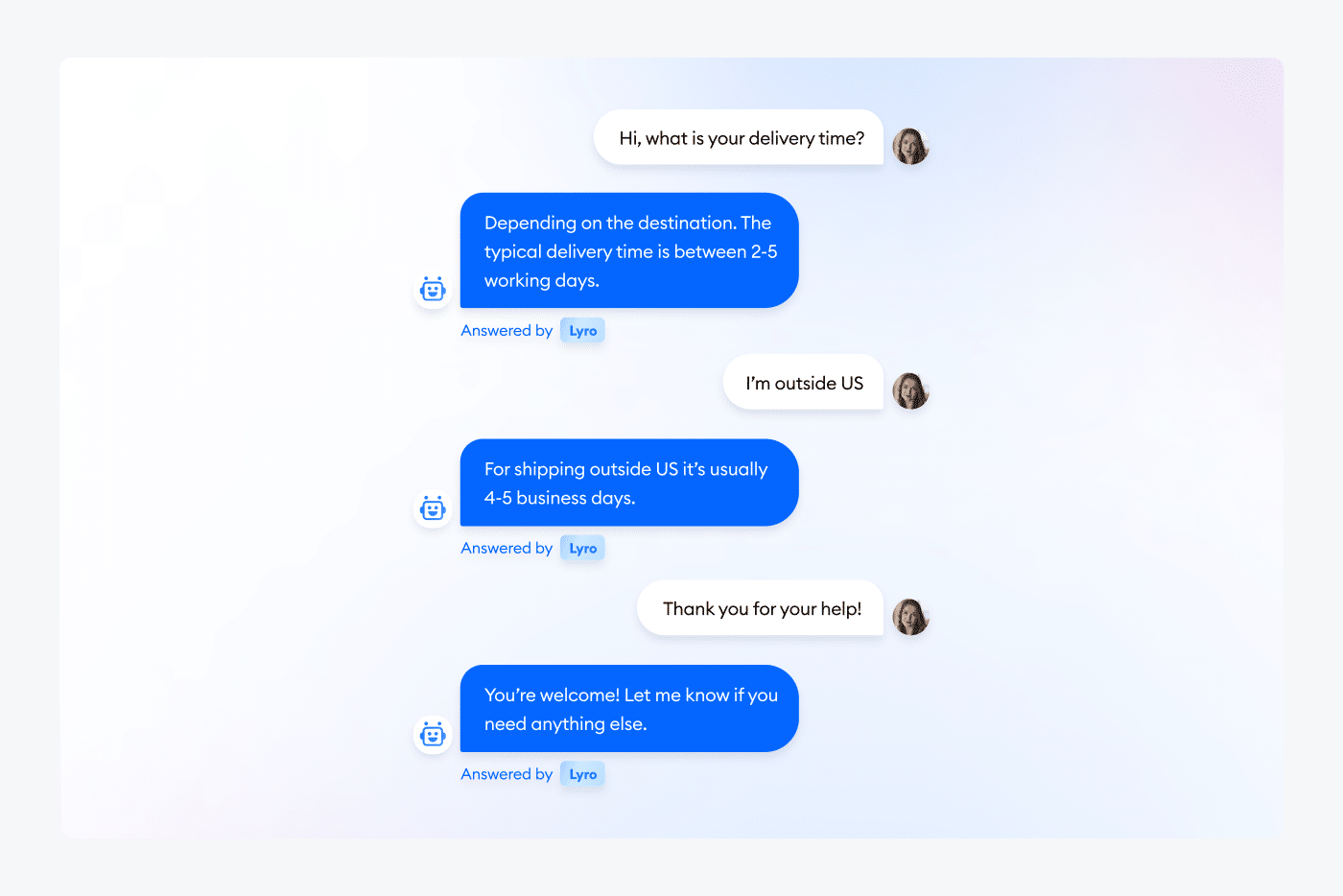The technological advancement of Artificial Intelligence (AI) is transforming numerous sectors. However, its true potential lies in the efficiency with which we communicate with it. This is where "Prompt Engineering" comes into play—a technique focused on designing and optimizing prompts used to interact with AI models, thereby improving their responses and results.
What is Prompt Engineering?
Prompt Engineering is a meticulous process of creating and fine-tuning prompts or instructions directed at an AI model to generate specific and precise results. Essentially, it involves understanding how to formulate questions or provide contextual data so that the machine can "think" in a way that aligns with our expectations.
Since AI models are designed to follow textual instructions, the art of crafting effective prompts becomes a decisive factor in maximizing their potential. This approach not only enhances response quality but also expands the ways in which AI can be applied across different industries.
Use Cases in B2B and B2C
Prompt Engineering has significant applications in both B2B and B2C platforms. Here are some concrete examples:
B2B
- Customer Service Automation: Companies operating in the B2B sector can use prompt engineering to optimize customer service chatbots. By crafting clear and specific prompts, chatbots can better understand professional inquiries, providing precise and efficient responses, thus improving customer satisfaction and reducing response time.
- Data Analysis and Report Generation: Data analysts can use well-designed prompts to extract critical insights from large data sets. This enables companies to generate comprehensible reports for stakeholders quickly, facilitating strategic decision-making.
B2C
- Marketing Personalization: Through prompt engineering, businesses can create more effective consumer-targeted marketing campaigns. By using key phrases and messages that resonate with their audience, AI can generate more engaging content that enhances customer loyalty.
- Product Recommendations: E-commerce platforms can leverage this technique to improve recommendation systems. With optimized prompts, AI can better understand customer preferences and suggest products that truly meet their desires and needs.
Implementation in Large Enterprises
Effectively implementing prompt engineering in a large company requires a well-defined and collaborative strategy. Here are some essential steps to integrate it successfully:
Needs Assessment
First, it is crucial to conduct a thorough evaluation of the company's needs. In which specific areas can AI provide the greatest competitive advantage? How can optimized prompts help achieve these goals? This analysis will help outline a focused and effective implementation plan.
Team Formation
Next, it is essential to form interdisciplinary teams that include both AI experts and professionals from the departments that will benefit from this technology. These teams will be responsible for crafting and refining prompts to ensure they align with organizational goals.
Continuous Testing and Optimization
Prompt engineering is not a static process. Continuous testing and adjustments are necessary to improve results progressively. Since AI learns from data and interactions, prompts must evolve to provide it with relevant and goal-oriented information.
Performance Evaluation
Finally, companies must establish clear metrics to evaluate the impact of optimized prompts. This includes performance indicators such as response time and the accuracy of AI-generated results. Constant evaluation will help identify areas for improvement and consolidate the effective use of AI within the organization.
Conclusion
Prompt engineering is more than just a technique; it is a catalyst for unlocking the full potential of artificial intelligence. By refining the way we communicate with AI models, we enhance their efficiency and ability to solve real-world business challenges in both B2B and B2C environments.
Implementing this technique in a large enterprise may seem daunting, but with the right strategy, well-trained teams, and a focus on continuous improvement, it is possible to transform human-AI interaction into a powerful tool for innovation and growth.
Those who master the art of prompt engineering will be better positioned to lead in an increasingly competitive and technology-driven business landscape.


